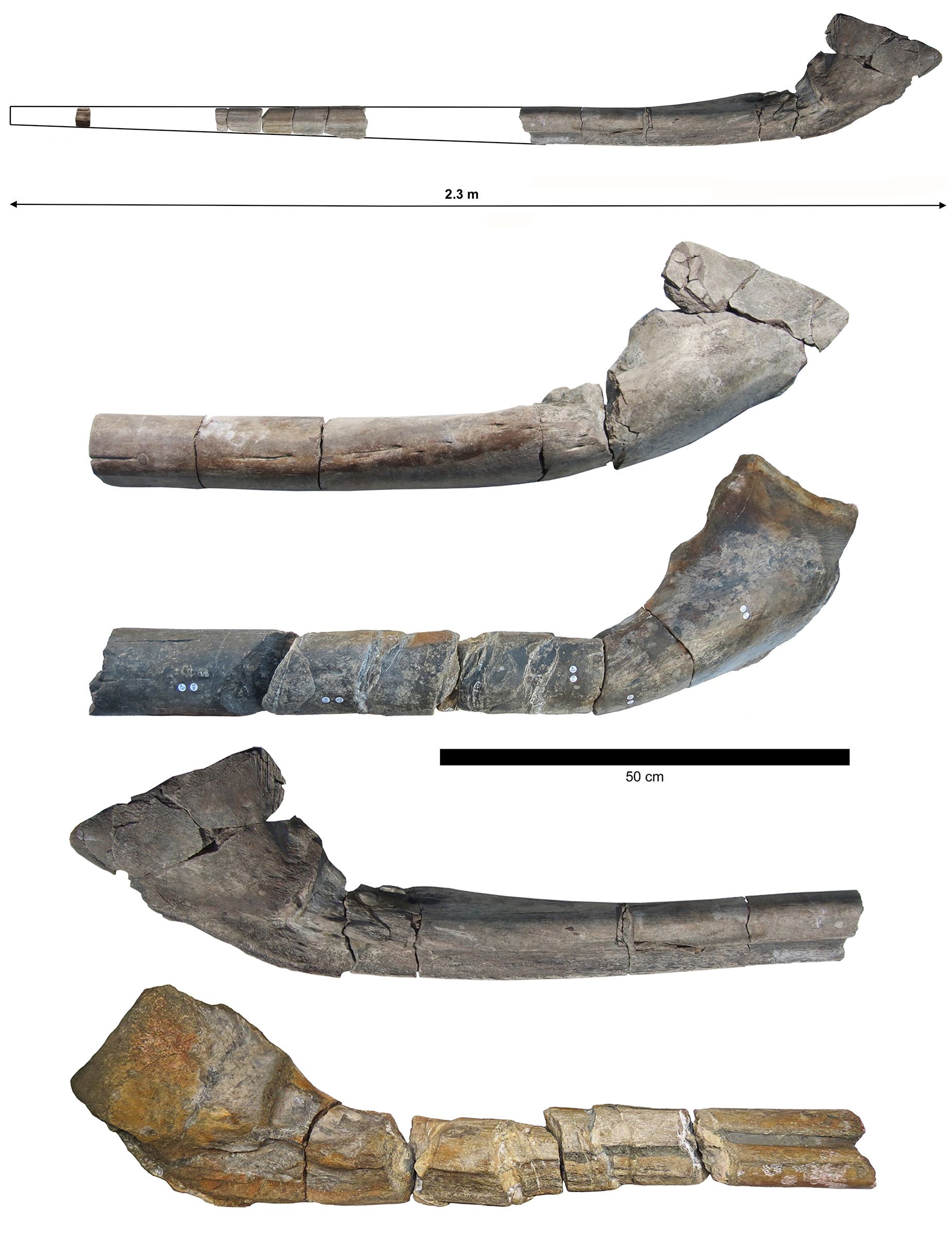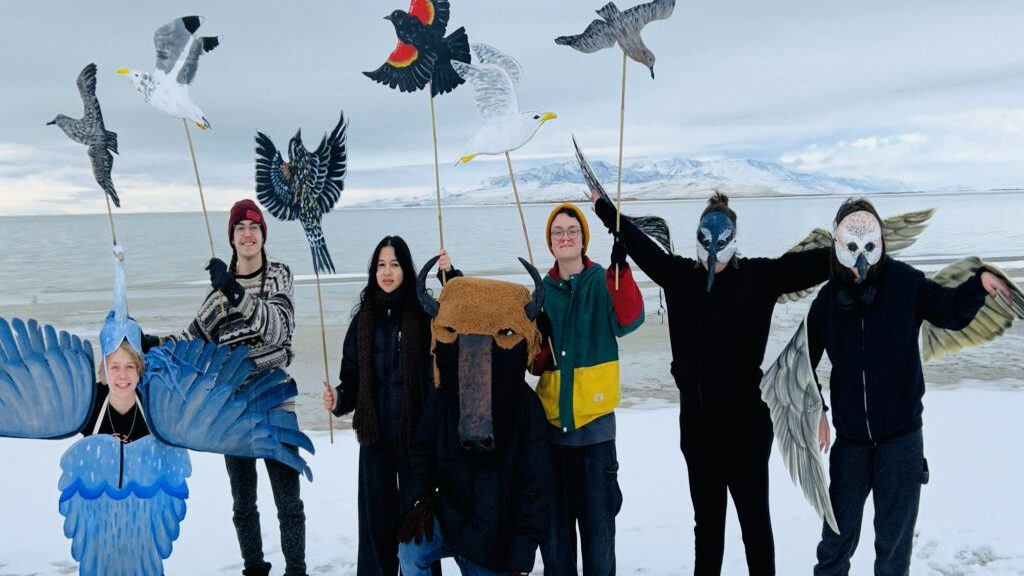UPDATE: CDC confirms two cases of monkeypox in Salt Lake County
May 23, 2022, 11:00 AM | Updated: May 25, 2022, 3:56 pm

Salt Lake County Public Health Center at 610 S 200 E in Salt Lake City, Utah (Nick Wyatt, KSL Newsradio)
(Nick Wyatt, KSL Newsradio)
SALT LAKE CITY — On Wednesday the Salt Lake County Health Department reported that two probable cases of monkeypox found in two residents are now confirmed cases. The confirmation came from the U.S. Centers for Disease Control and Prevention (CDC.)
The county said that the infected individuals are still in isolation, and do not present a public health risk. Both individuals are expected to recover fully.
Our previous reporting follows:
SALT LAKE CITY — Salt Lake County health officials say that two people within the county are considered “probable monkeypox cases.” The assessment is based on preliminary testing.
In a press release, Salt Lake County health officials said the people in question became symptomatic after international travel earlier this month to an area “experiencing monkeypox cases.”
The county says both of these people are in isolation, experiencing mild symptoms, and are expected to recover. County and state health officials are establishing contact with people though to have had close contact with the individuals.
Health officials say the people with probable cases do not pose a risk to the general public. Director of Salt Lake County Health, Dr. Angela Dunn said that monkeypox does not spread easily among human populations.
“The way it is spread most readily is through person-to-person contact, especially with body fluids,” Dunn said. “Especially if you come into contact with fluid from the rash.”
And while it isn’t easy to catch monkeypox, Dunn said that people who have traveled abroad to certain countries should be on the lookout for symptoms.
“Canada, Australia, and Western Europe currently all have spread of monkeypox … we’ve also noticed it’s spreading particularly among the gay, or men who have sex with men, ‘MSM’ community,” Dunn said.
European and American health authorities have identified a number of monkeypox cases in recent days, mostly in young men.
Utah’s public health officials say they expect test results from the U.S. Centers for Disease Control and Prevention (CDC) by Tuesday.
The disease is normally transmitted either from wild animals like rodents and primates or from very close contact with infected people. Most human cases have been in central and west Africa, where the disease is endemic.
Martha Harris contributed to reporting this story.













